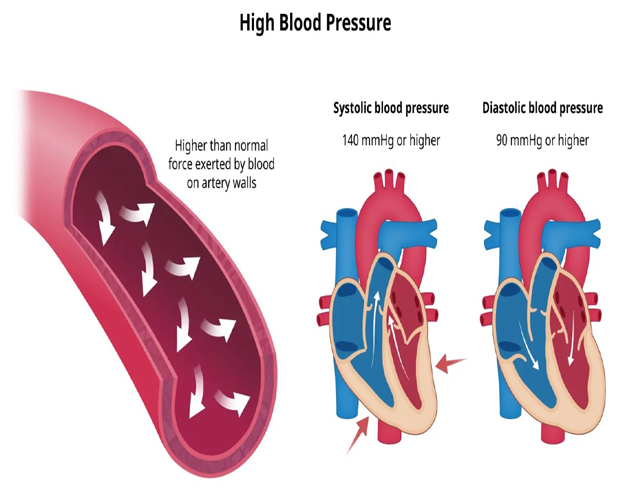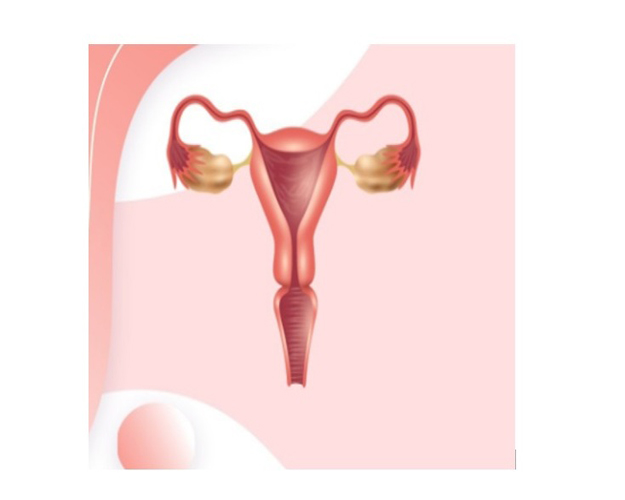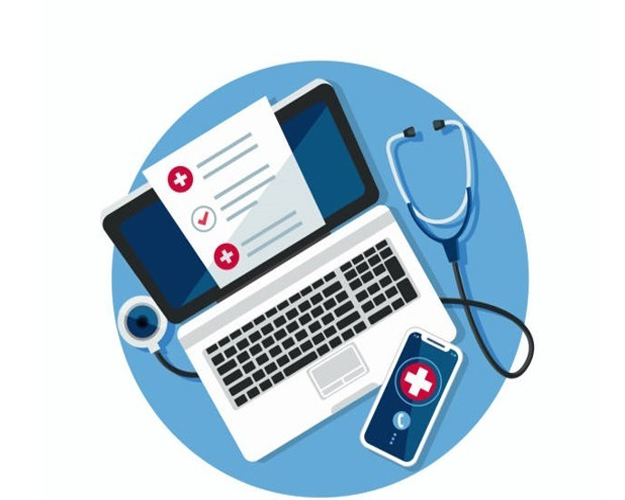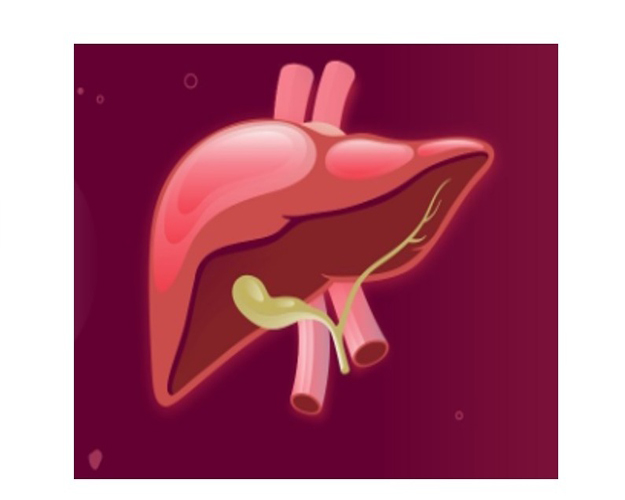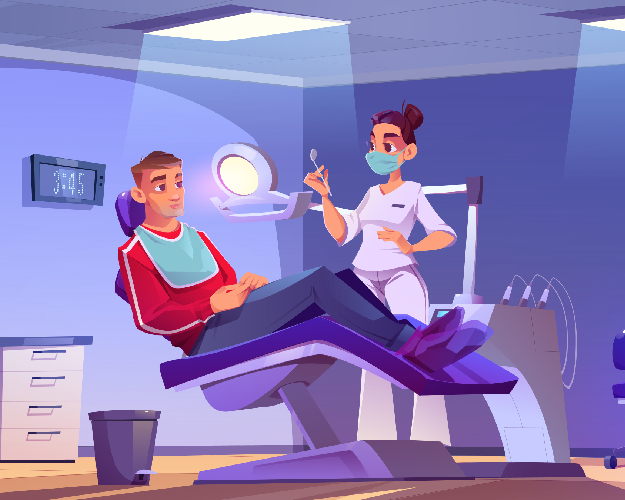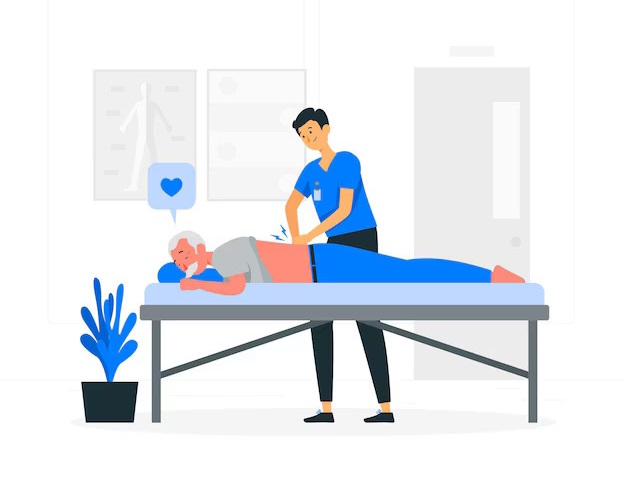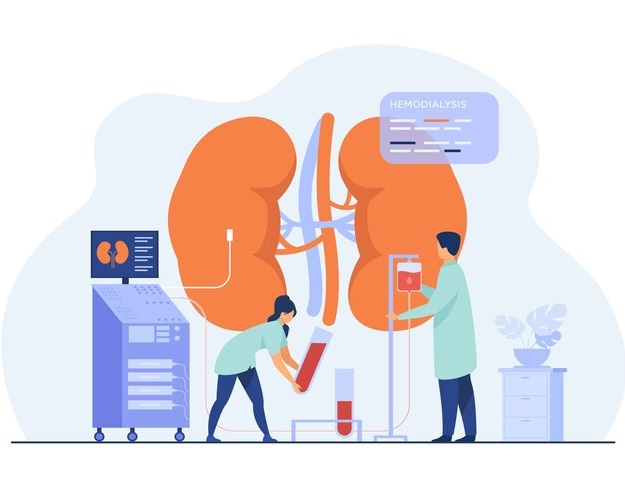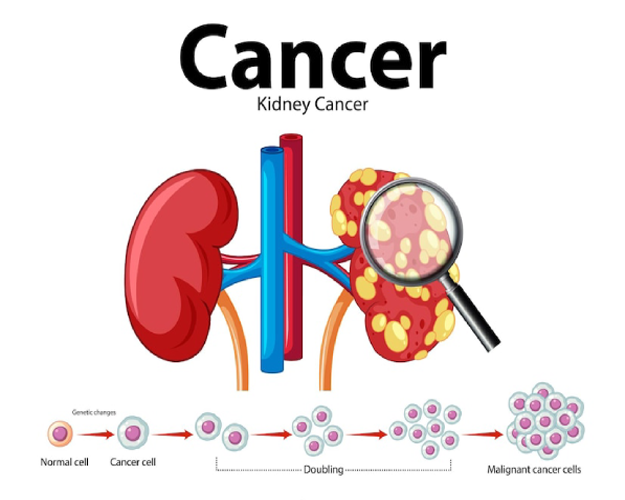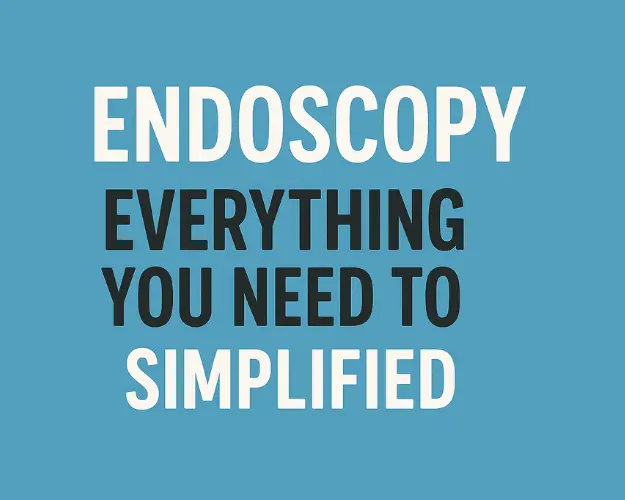
Endoscopy: Everything You Need to Know, Simplified
Endoscopy is a pivotal medical procedure that lets doctors investigate, diagnose, and sometimes treat conditions inside the body without large incisions or open surgery. Understanding endoscopy, its uses, types, process, and risks help ease common fears and confusion about the procedure. Here’s a clear, simplified guide to everything you need to know about endoscopy.
What is Endoscopy?
Endoscopy is a medical technique that uses a thin, flexible tube called an endoscope, which has a light and a camera, to see inside hollow organs or cavities. The endoscope is usually inserted through natural openings like the mouth, anus, or urethra, but can also enter via small incisions for certain procedures. The camera feeds live video to a monitor, allowing the medical team to inspect, diagnose, and sometimes treat issues seen during the examination.
Why Is Endoscopy Done?
Doctors recommend endoscopy for many reasons:
a. Investigating symptoms such as persistent pain, bleeding, difficulty swallowing, or digestive issues.
b. Taking tissue samples (biopsies) to confirm or rule out disease, infections, inflammation, or cancer.
c. Performing therapeutic procedures such as removing polyps, stopping bleeding, or extracting objects.
d. Monitoring known conditions like ulcers, Crohn’s disease, or Barrett’s oesophagus.
Common Types of Endoscopies
There are multiple types of endoscopies, each tailored to different parts of the body:
Gastroscopy
a. Area Examined: Oesophagus, stomach, and duodenum.
b. Inserted Via: Mouth.
Colonoscopy
a. Area Examined: Large intestine (colon).
b. Inserted Via: Anus.
Bronchoscopy
a. Area Examined: Lungs and airways.
b. Inserted Via: Mouth/nose.
Cystoscopy.
a. Area Examined: Bladder and urethra.
b. Inserted Via: Urethra.
Hysteroscopy
a. Area Examined: Uterus.
b. Inserted Via: Vagina.
Laparoscopy
a. Area Examined: Abdomen and pelvis.
b. Inserted Via: Small incision.
Capsule Endoscopy
a. Area Examined: Small intestine.
b. Inserted Via: Swallow capsule.
Sigmoidoscopy
a. Area Examined: Lower colon (sigmoid colon).
b. Inserted Via: Anus.
Arthroscopy
a. Area Examined: Joints.
b. Inserted Via: Small incision.
Laryngoscopy
a. Area Examined: Larynx (voice box).
b. Inserted Via: Mouth/nose.
Each type has its own specific uses and specialist doctors—for instance, a gastroenterologist typically performs colonoscopies, while urologists do cystoscopies.
How to Prepare
Preparation depends on the type of endoscopy but generally includes:
a. Fasting: Avoid food (and often clear liquids) for several hours before the test, usually 6-12 hours.
b. Bowel cleansing: For gastrointestinal endoscopies, a laxative or enema may be required to clear the tract of waste.
c. Stopping certain medications: Blood thinners and some other drugs may need to be paused.
d. Arranging a ride home: Sedation is commonly used, so it’s important not to drive afterward.
Doctors will provide clear, step-by-step instructions tailored to the procedure and the patient’s health. Always disclose medical history, allergies, and medications to minimize risk.
What Happens During the Procedure
The doctor may use a local anaesthetic, sedative, or general anaesthesia, depending on the endoscopy type and location. The endoscope is gently inserted, and images appear on a screen. Procedures usually last from 15 minutes to over an hour. Many patients feel mild discomfort or pressure but rarely pain. Most can go home the same day.
Risks and Complications
Endoscopy is safe, with fewer risks than open surgery. Rare complications include:
a. Bleeding, especially if a biopsy or polyp removal is done.
b. Infection, more likely if tissue is taken or another treatment is performed.
c. Perforation, or a small tear in the organ lining, may occasionally require surgery.
d. Reactions to sedatives or anesthesia.
Warning signs after an endoscopy may include fever, severe pain, trouble swallowing or breathing, or bloody/black stool. Serious complications are rare, but always report unusual symptoms promptly.
Benefits and Versatility
Endoscopy is favoured for being minimally invasive, offering a fast recovery, and often delivering instant results. It detects problems that might not show up on scans and allows doctors to treat certain conditions immediately. Because of these strengths, endoscopy is widely used worldwide for early diagnosis and intervention.
Final Thoughts
Endoscopy simplifies internal diagnosis and treatment, typically requires only short preparation and recovery, and keeps risk low compared to other procedures. Understanding the scope, process, and safety helps patients approach endoscopy with confidence, knowing what to expect at each step.

